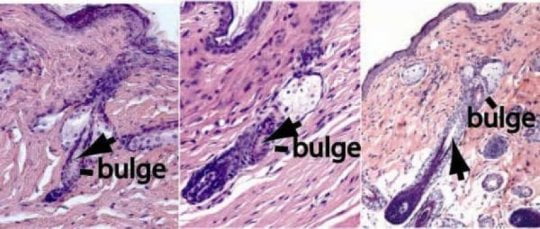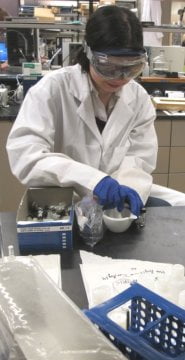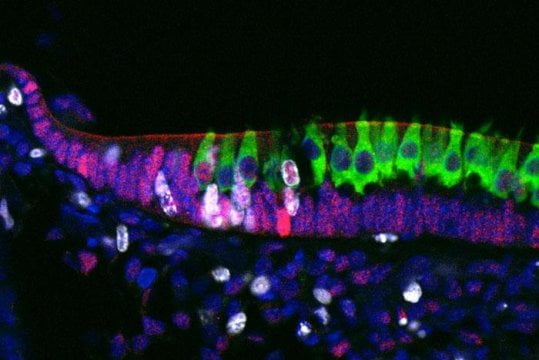
New research reveals the mechanisms through which low calorie diets can reverse type 2 diabetes in animals, and if those effects can be transferred over to people, we could have a host of new drug options for treating the chronic condition.
Links between type 2 diabetes and diet have been well established – it is triggered when the body can no longer manage its blood glucose levels – but this latest study adds to growing evidence that the condition could be reversed in some cases.
The team of researchers gave a very low calorie diet (VLCD) to rats with type 2 diabetes and found the animals’ blood glucose levels rapidly lowered. What’s more, they were able to reveal extra details about why exactly it was happening.
“Using this approach to comprehensively interrogate liver carbohydrate and fat metabolism, we showed that it is a combination of three mechanisms that is responsible for the rapid reversal of hyperglycemia following a very low calorie diet,” says one of the researchers, Gerald I. Shulman from the Howard Hughes Medical Institute in Maryland.
The three liver mechanisms affected by the diet were the conversion of lactate and amino acids into glucose, the conversion of liver glycogen into glucose, and a decrease in fat content, which then improves the liver’s response to insulin.
That response is important: it’s when the body can’t produce enough insulin, or becomes resistant to it, that blood sugars build up and type 2 diabetes occurs.
In other words, the research shows how three causes of high glucose levels are targeted by a VLCD – and results were noticeable in just three days. The rodents’ body weight was not affected throughout the study.
Before we declare type 2 diabetes cured though, we need to find out whether this would work in humans too, and the scientists are now gearing up to use the same isotope-monitoring methods they used here in a human trial.
This isn’t the first time that VLCDs have been linked to reversing type 2 diabetes, but right now we need more data and additional research to confirm what’s going on, which is where this latest study on the underlying mechanisms can be helpful.
A study from 2015 found that losing just a gram of fat from the pancreas – either through a low calorie diet or through an operation – could help to reset insulin levels, though only 18 participants were involved in the study.
Earlier this year, meanwhile, a study on mice found that intermittent fasting could also reset the biological mechanisms that cause type 2 diabetes.
All this is promising stuff, but we’re still at the data-collecting stage – experiments have either been run on animals or on small samples of people that aren’t conclusive.
If we can get confirmation, then it’s a ray of hope for those living with the condition – until recently, it was thought type 2 diabetes could only get worse over time, or at best could be managed with the right medication.
In the US alone, the condition is expected to affect around a third of the population by 2050, which means the hunt for new and effective treatments is an urgent one.
There are the other costs on the body to consider too though, as VLCDs are usually clinically supervised and come out at under 800 calories per day, which isn’t great for the body overall.
A diet that severe tends to stop the supply of essential nutrients and potentially increases the risk of heart disease as well, so all this needs to be considered before treatments are developed, but the signs are promising.
“These results, if confirmed in humans, will provide us with novel drug targets to more effectively treat patients with type 2 diabetes,” says Shulman.
[“source=sciencealert”]



















